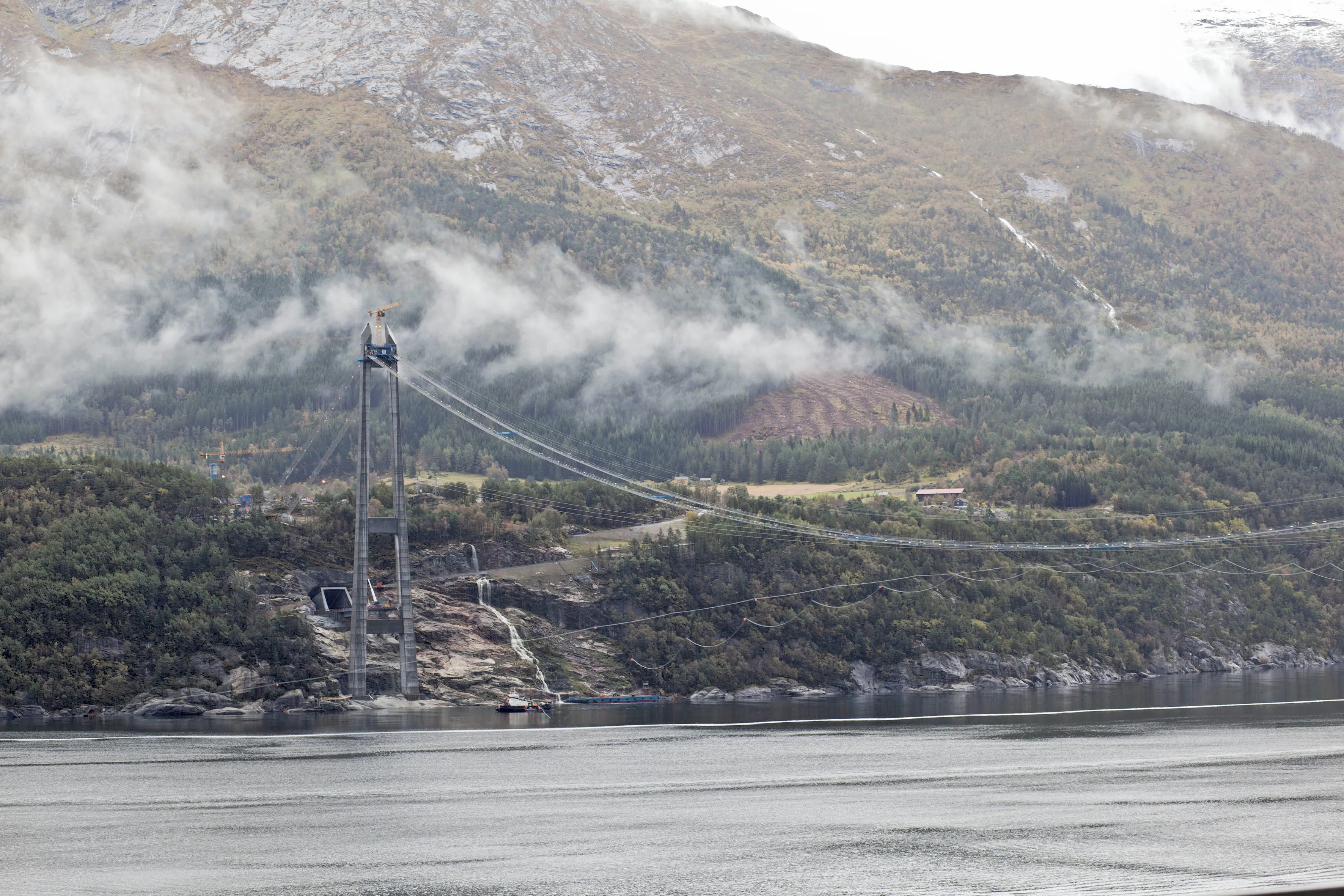EC Harris, the global built asset consultancy, has been appointed by the Ecomouv consortium to monitor construction progress, expenditure and testing on the new French Ecotaxe truck tolling system which is scheduled to be introduced across the country by mid-2013. The Ecotaxe scheme will see a levy imposed on all French and foreign heavy good vehicles (HGV) that travel along the 15,000km of national and departmental roads throughout France. Each HGV subject to the tax will have technology installed onboard
April 24, 2012
Read time: 2 mins
The Ecotaxe scheme will see a levy imposed on all French and foreign heavy good vehicles (HGV) that travel along the 15,000km of national and departmental roads throughout France. Each HGV subject to the tax will have technology installed onboard including GPS systems and software that will record the taxable base data and communicate this back to network. Controls will be conducted automatically by equipment distributed across the network and manually by the Government.
EC Harris’ appointment follows a two-year commission they had previously worked on which saw the firm provide technical advice to support the consortium and the five lenders during the bid process. This market insight ultimately played a key role in persuading the French government to award the 10-year tolling concession to the Ecomouv consortium in October 2011. The consortium, comprising
On announcing its appointment the French government praised the consortium for its ability to develop and implement its technical solution quickly, accurately and safely. The system will be operational throughout the country in just 21 months time and when operational will capture and securely transfer data for several million transactions each year.








